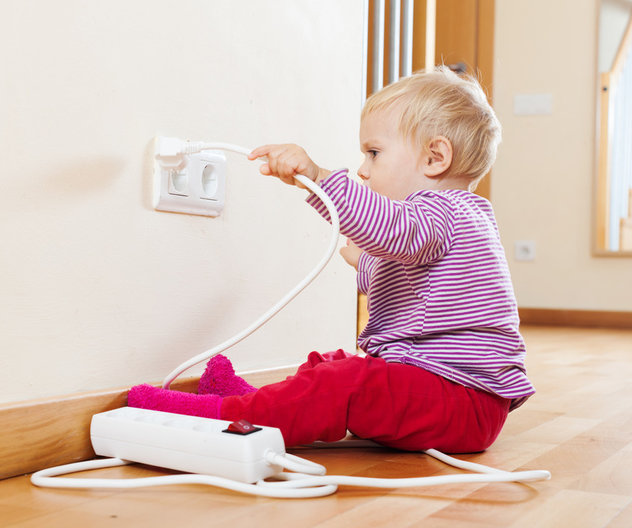Chances are, if you are like a number of homeowners, it will not.
Sadly, many people miscalculate the value of their possessions and are left frustrated when a tragedy happens.
By taking the steps outlined below you can have peace of mind that, if something unfortunate ever occurs, you have an accurate inventory of all your belongings and have enough coverage to replace them.
KEEP AN INVENTORY LIST
Catalog your possessions and what they are worth. Six easy ways to keep an accurate record include:
- Snap a photo — smart phones and digital cameras make this easy.
- Take a video tour — use the video on your smart phone or camcorder to capture your belongings room by room.
- Write down the details — support your visual record with a written list that offers details on serial numbers, make, model and any other pertinent information.
- Save receipts for high-dollar purchases.
- Update your list annually and when you make a major purchase.
- Keep your inventory records in a safety deposit box or other secure location outside your home.
Smart Tips:
You could use an app called Evernote to accomplish all of the above.
Update your inventory list on your annual policy renewal date.
CHECK YOUR COVERAGE
If anything is certain it’s that things change. The initial limit you selected for your insurance policy was based on the belongings you had at that time.
Ask yourself these five questions when checking your coverage:
- Would the estimated value shown on your policy pay to replace everything in your home today?
- Have you taken into account the cost to replace your items at current prices?
- Have you included the cost to replace less obvious things like clothes, kitchen appliances and tools, air purifiers, portable electronics (tablets, MP3 players, laptops, gaming consoles and accessories) and furniture?
- Have you factored in the cost to replace antiques and other unique valuables? If so, be sure to add them to your policy with a certificate of appraisal.
- Does your policy have coverage limits for computers, bikes or jewellery? If these limits do not cover your items, talk to your insurance broker about adding options that protect you.
While it is tempting to save money on premiums by reducing your coverage, doing so can end up costing you more if a tragedy occurs that results in the loss of all your possessions. It is worth spending the extra few dollars each month to ensure you have adequate coverage when it counts.
Smart Tips:
- Include taxes when you update your inventory.
- Change your policy immediately if the value of your belongings is greater than the value listed on your policy.
- Do not over-insure or under-insure your possessions.





